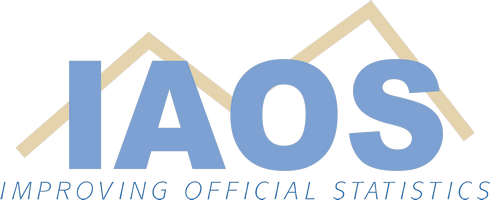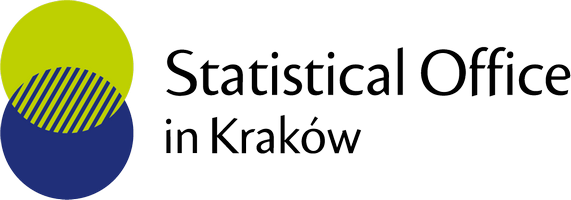| Organizer | Mr. Andrew Rzepa | UK | | |
| Chair | Mr. Andrew Rzepa | UK | | |
| Speaker | Ms. Katharine Bryant | UK | How do we eradicate modern slavery? Walk Free’s experience of communicating key messages from the Global Slavery Index | At Walk Free, we’ve been largely successful in gaining the general public’s and policy maker’s attention on what modern slavery is and how to tackle it, particularly around the release of the Global Slavery Index. This intervention will describe some of the challenges we’ve overcome in communicating the complexity of modern slavery as well as our ongoing work in translating the “big splash” associated with an Index release into concrete policy outcomes. |
| Speaker | Dr. Enrico Bisogno | Austria | Exploring the complexities in securing the right data that underpin multi-dimensional SDG indicators | The SDG Agenda is built on 17 Goals, 169 Targets and 232 unique indicators. Indicator ownership is often shared by multiple UN Agencies who need to work together to procure critical data for indicator construction. UNODC is a co-custodian of SDG 8.7 on eradicating forced labour, ending modern slavery, human trafficking and the use of child soldiers and labour.
The intervention will discuss process, complexities, and synergies in ensuring the right data on combatting trafficking of people are gathered and synthesised in a manner able to inform the final 8.7 multi-dimensional indicator. |
| Speaker | Dr. José Rosero Moncayo | | Establishing the Food Insecurity Experience Scale as a global standard for measuring food insecurity | The intervention will retrace the steps that led to proposal of the FIES as the basis for a new indicator to monitor progress towards ensuring universal access to food under the 2030 Agenda for Sustainable Development, and the continued developments that led to a very broad use of the FIES worldwide in many contexts, including to monitor the impact of COVID on food security. |


